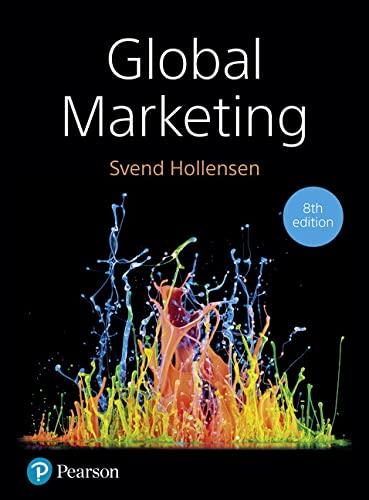Will J.C. Penney Strike Gold with Its New Strategy? INTRODUCTION J.C. Penney is an iconic American department store founded in the mountain west region over 100 years ago. The company has evolved tremendously over the years from its origins as the Golden Rule store in Kemmerer, Wyoming in order to withstand the continually changing domestic environment. As the company is experiencing poor performance and again facing severe economic and competitive challenges, this case study begins at a point when the decision for a change in strategy has already been made, key leaders have been selected to transform the company, and a new strategic vision is being deployed. The case material opens with a historical overview of J.C. Penney, which is followed by a discussion of the company's transition into the new millennium. Then external environment considerations are presented, including detailed information on the company's key industry rivals and current competitive conditions. Important performance measures in terms of J.C. Penney's financial status and comparisons of industry results are also covered. In recognition of the need to revitalize the company, leaders in the new management team are introduced, as are ensuing plans to restructure and rebrand J.C. Penney - all of which will facilitate a discussion of the proposed changes in strategy. Review J.C. Penney's business strategy in the recent past. What are some of the things the company has done well? What has it done wrong? Compare the company's approach and results to those of its key competitors. What are some of the lessons of this analysis? Review the components of Johnson's new strategy. Based on your assessment, do you agree with the strategic changes he is initiating? What type of strategy does J.C. Penney need? Using research from published articles, discuss the early reaction of the market to the implementation of J.C. Penney's new strategy in 2012. Does this feedback influence your assessment of Johnson's approach? With the advantage of hindsight, what can be learned from this analysis? F6 f DIN F8 F9 F10 F11 A 2 Will J.C. Penney Strike Gold with Its New Strategy? INTRODUCTION J.C. Penney is an iconic American department store founded in the mountain west region over 100 years ago. The company has evolved tremendously over the years from its origins as the Golden Rule store in Kemmerer, Wyoming in order to withstand the continually changing domestic environment. As the company is experiencing poor performance and again facing severe economic and competitive challenges, this case study begins at a point when the decision for a change in strategy has already been made, key leaders have been selected to transform the company, and a new strategic vision is being deployed. The case material opens with a historical overview of J.C. Penney, which is followed by a discussion of the company's transition into the new millennium. Then external environment considerations are presented, including detailed information on the company's key industry rivals and current competitive conditions. Important performance measures in terms of J.C. Penney's financial status and comparisons of industry results are also covered. In recognition of the need to revitalize the company, leaders in the new management team are introduced, as are ensuing plans to restructure and rebrand J.C. Penney - all of which will facilitate a discussion of the proposed changes in strategy. Review J.C. Penney's business strategy in the recent past. What are some of the things the company has done well? What has it done wrong? Compare the company's approach and results to those of its key competitors. What are some of the lessons of this analysis? Review the components of Johnson's new strategy. Based on your assessment, do you agree with the strategic changes he is initiating? What type of strategy does J.C. Penney need? Using research from published articles, discuss the early reaction of the market to the implementation of J.C. Penney's new strategy in 2012. Does this feedback influence your assessment of Johnson's approach? With the advantage of hindsight, what can be learned from this analysis? F6 f DIN F8 F9 F10 F11 A 2







